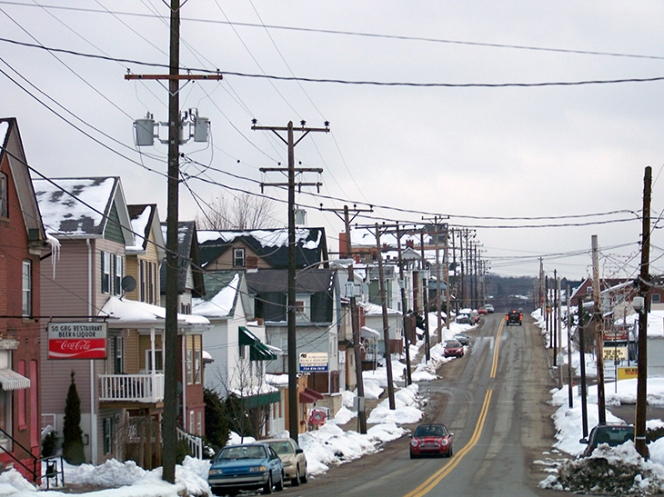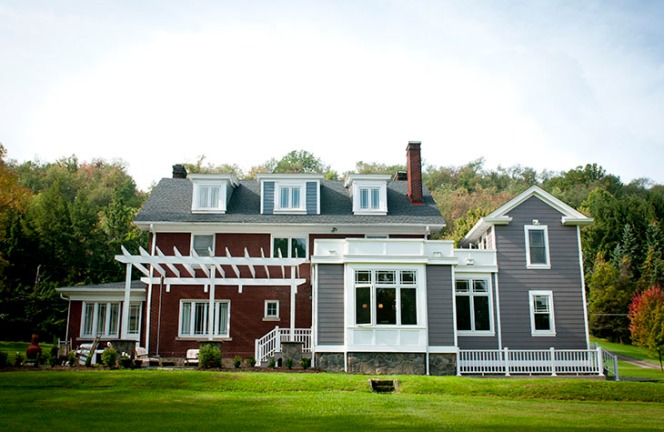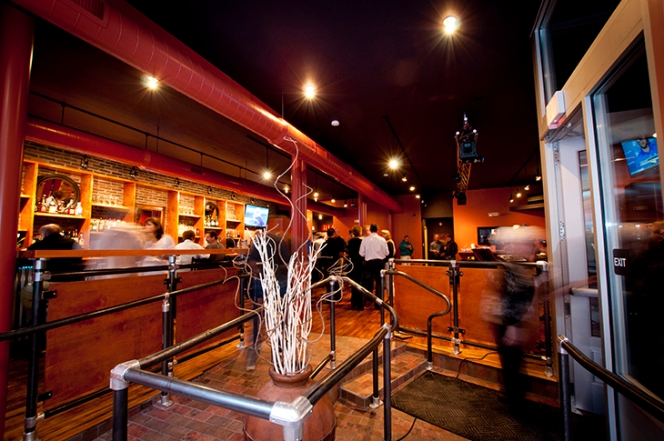Your Cart is Empty
Customer Testimonials
-
"Great customer service. The folks at Novedge were super helpful in navigating a somewhat complicated order including software upgrades and serial numbers in various stages of inactivity. They were friendly and helpful throughout the process.."
Ruben Ruckmark
"Quick & very helpful. We have been using Novedge for years and are very happy with their quick service when we need to make a purchase and excellent support resolving any issues."
Will Woodson
"Scott is the best. He reminds me about subscriptions dates, guides me in the correct direction for updates. He always responds promptly to me. He is literally the reason I continue to work with Novedge and will do so in the future."
Edward Mchugh
"Calvin Lok is “the man”. After my purchase of Sketchup 2021, he called me and provided step-by-step instructions to ease me through difficulties I was having with the setup of my new software."
Mike Borzage
How to Love Being an Architect in a Small Town
April 04, 2014 6 min read
Editor's Note: We asked Lee Calisti to contribute to our blog with a Guest Blog Post. Lee Calisti is an architect and writer, whose blog, Think Architect, is definitely worth checking out. To find out more about Lee, read our interview with him here.

Photo: South Greensburg, PA by Jon Dawson
I like where I live, I like where I work. It happens to be the same place. This is the place is I grew up: I'm a native of my hometown. I didn't plan it and I never could have predicted it. To be honest, I never thought about it. I just wanted to be an architect.
After working for two other firms, I found myself starting my own firm. Like many starting off, it was in my home. When I built a new house, I planned an office in it. My story is like many others out there, yet our story is often overshadowed by larger firms and the fast pace of a metropolitan area.
There is much satisfaction in living and working where one grew up. I have a history here. I have memories in places made as a child and now I have memories made with my family: sometimes they are in the same place.
I can't say I know what it is like to manage a practice in a large city. I can't say I know what it is like to manage a practice with a multitude of people. I do know the challenges, joys and sacrifices of being a sole-practitioner in a small town. If you choose this or if you end up here, I have eight things to share that I am still learning, but I have found to be effective.

Photo: Friendship by Paulo Otavio Diniz Rodrigues
Be active in your community
Living and working in what is considered a small town, I found it vital to be active in my community. Anybody and everybody could be a potential client – or better yet my referral network. I have a middle school-age son. Being involved and visible in his activities allows me to get to know other parents and grandparents who could be a great source of referrals. As friends, we automatically develop a trust relationship which in turn makes them comfortable in referring me to others. And did I mention it is great as a dad?
Another essential decision was joining the local Historic and Architectural Review Board. It has allowed my architectural experience to be seen and heard. People hear my knowledge of the subject but also get a sense of my values and how I relate to others, thus revealing what I might be like to work with as an architect. It is so important to be involved and give back to our communities.

Residence designed by Lee Calisti
Cast a wide net
Like the previous item, developing a referral network is a slow and meticulous process. When I decided to go on my own, I realized that working in a small community, (as opposed to a large metropolitan area like my many years in Pittsburgh) my potential for good clients is numerically less simply due to population size. I had to find a way to get my name out there for everyone to see. I did many of the usual things. Nevertheless, the best method – besides my website – was to develop my social media presence. I believe each method is a portion of a larger quilt: no singular piece stands on its own.
Go out for coffee
Coffee represents one of the most enjoyable and useful methods of establishing and growing a practice in a small town. The concept is actually networking and it involves people. Nothing is more relaxing, informal and a wonderful means to talk to someone as getting to know one another over a cup of coffee. I am not one for after-hours events (I prefer to be with my family) but morning coffee is a wonderful method for me to meet someone. It's inexpensive, it does not need to last for very long, but it's a great face-to-face experience to be with people.

Photo: Coffee in the Morning by chichacha
Choose carefully
As I began my business more than 11 years ago, I was happy to have any work and rarely turned down any project. Certain types of projects often come to those just starting a firm. However, after all these years I can certainly see how the projects one chooses can begin to define the practice. Last year several events made me alter my opinion and begin to be more careful in the projects I select. It isn't necessarily limited to a particular project type – it's more complicated than that. I just know that it is important to choose work that you want to do and will lead to similar opportunities. It's OK to say no.
Persuade
Let’s just say that exposure to architecture in a small town is different than those who live in a larger city. It’s common that we have to illustrate, demonstrate and convince our clients to be open to a wider range of possible solutions. Once they can see that I’m not parking a space ship (why is it always the metaphor) on their lot, they’re usually OK. It is important for architects to construct a strong argument for why their response solves the client’s needs and wants.

The Rialto Cafe, designed by Lee Calisti
Take on commercial work
Oftentimes people equate a sole practitioner architect working in a small town as solely focused on residential work. There are many reasons for that. Regardless, it is important to build a body of work that is commercial in nature. Commercial work has some different skill sets which I find interesting and challenging. Beyond that, commercial work is more visible to more people than residential work. Oftentimes, the only way to see the residential projects is in photographs. When you design a restaurant, bar, retail store, doctor's office or a library, potential clients can experience it firsthand.
Know your code
As an architect I would much rather think about design issues, sketch, pick colors, choose fixtures or do something visually oriented rather than many of the necessary tasks we are called on to do. Nevertheless, I have found that I have needed to become adept at knowing building code requirements – especially if I wanted to do commercial work. Knowledge and compliance with the codes for the health, safety and welfare of the general public is the fundamental reason we are given a license to practice as architects. Therefore, I have found that my knowledge of building codes (most notably existing buildings) has proven to be beneficial in terms of getting commercial work.
Embrace change
I have found that the only thing I can count on is change. When I started working at my first two jobs, I never assumed or considered leaving. Through the years, change crept in and doing something else became necessary. Fortunately, better things occurred. In order to prepare for the volatility of working in a small town, it is important to continue to develop new skills, enrich current skills or broaden our knowledge base and abilities. Being a sole-practitioner in a small town rarely guarantees the constant flow of a consistent type of work. In other words, new project types, new technologies or just new adventures are constantly occurring. Our success in maintaining a practice is directly proportional to our ability to weather change.

Photo: Trees, Roots and Light by Joshua Rappeneker
I enjoy my current situation: I find great satisfaction in working for myself and the control and flexibility that it affords. I have long since accepted the responsibility and demands that it takes to work both alone and to work in a small town. There are certain challenges that I will continue to face and there are certain joys that come with the scale of projects, the interpersonal relationships and the satisfaction of seeing something you have crafted. More importantly, I feel very connected to the community in which I live – my roots go quite deep.
Make a difference where you are – bloom where you are planted.
See Lee Calisti's work on his website, read more on his blog and connect with him on Twitter.
Related articles
Also in NOVEDGE Blog

Enhance Your Designs with VisualARQ 3: Effortless Geometry Extensions for Walls and Columns
April 30, 2025 8 min read
Read More
MecSoft Unveils RhinoCAM 2025 and VisualCAD/CAM 2025 with Enhanced Features
March 08, 2025 5 min read
Read MoreSubscribe
Sign up to get the latest on sales, new releases and more …






